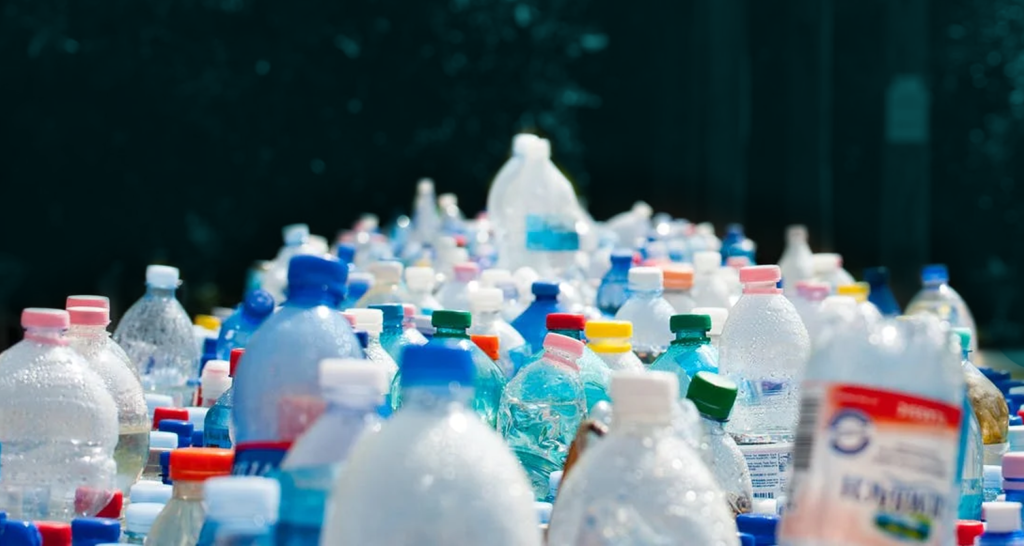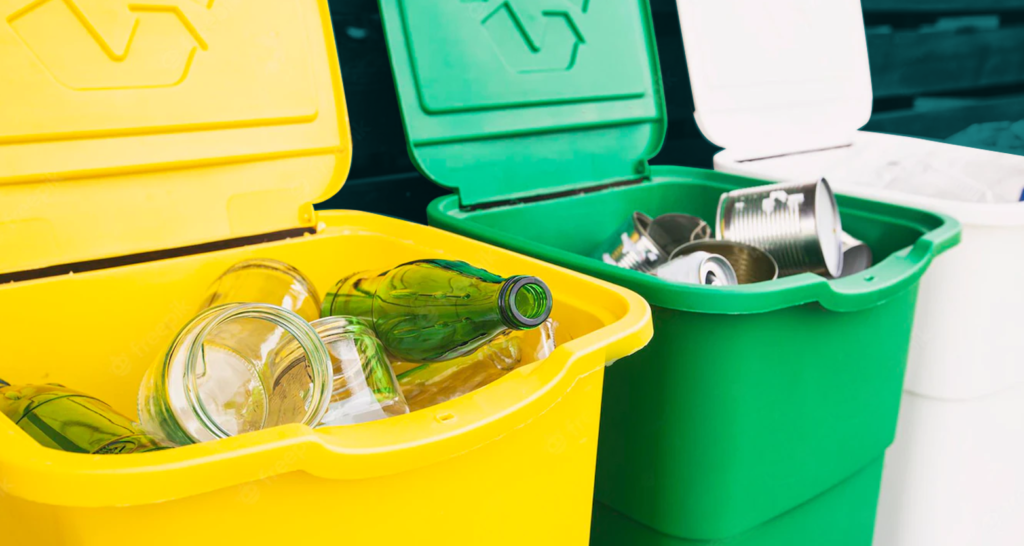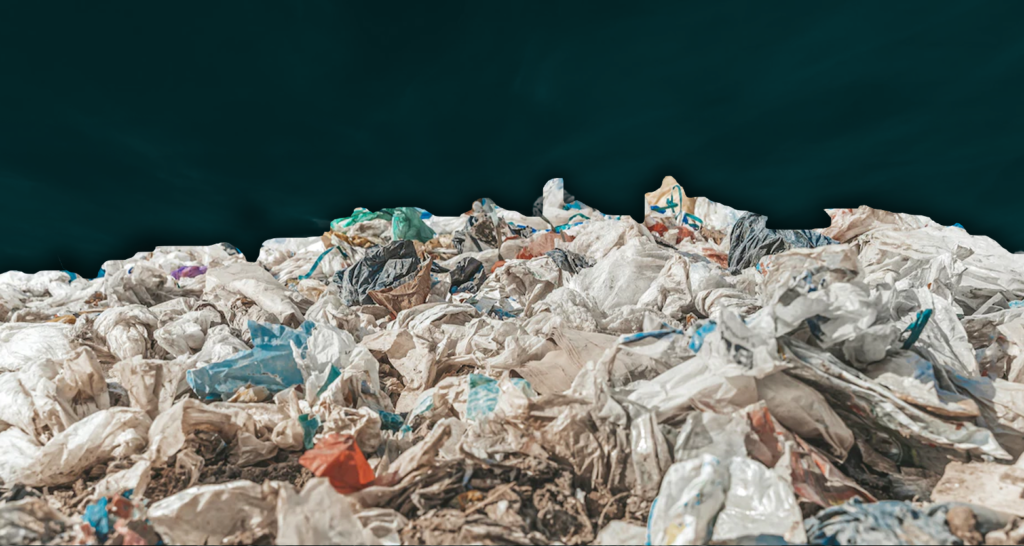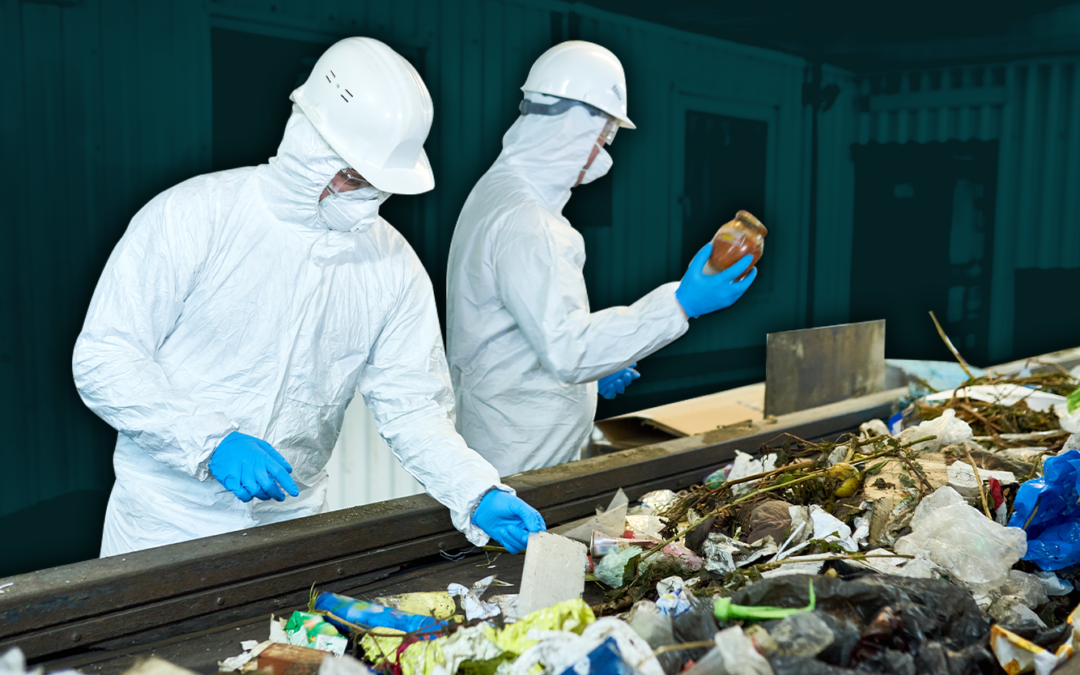About 2700 liters of water go into making a single cotton shirt, which the average person would use for about two and a half years. The dilemma is that we wear the shirt for just a few years, and it ends up in a landfill. According to an EPA report, Americans generate about 292.4 million tons of trash every year, about 325 is recycled or composted, and 20% of what goes into the recycling bins is actually recycled. The amount of trash is growing year by year alongside its environmental and economic impacts.
In the context of waste management, waste diversion is the process of diverting and redirecting waste from landfills. We can redirect waste from landfills via recycling or reusing. Recycling is the process of using used material to make new products and reusing is the act of utilizing the full potential of a product. The goal of waste diversion is to ensure that products get to live out their life span and less waste goes into the landfills.
In this article, we will discuss waste diversion, why it’s important, and how to measure it. We will also explore how you can divert waste from landfills by recycling, reusing, and reducing.

Waste Diversion and Zero Waste
EPA defines waste diversion as:
“The prevention and reduction of generated waste through source reduction, recycling, reuse and composting. Waste diversion generates a host of environmental, financial and social benefits, including conserving energy, reducing disposal costs, and reducing the burden on landfills and other waste disposal methods.”
The Zero Waste International Alliance defines zero waste as:
“Designing and managing products and processes to systematically avoid and eliminate the volume and toxicity of waste and materials, conserve and recover all resources, and not burn or bury them. Implementing Zero Waste will eliminate all discharges to land, water or air that are a threat to planetary, human, animal or plant health.”
Waste diversion and zero waste are similar concepts. Zero waste is a goal that cannot be achieved overnight. Companies like Microsoft are committing to achieve zero waste by 2030. Even universities are taking the initiative as Cal State LA commits to a sustainability plan with goals like achieving 90% waste diversion by 2026.
Why is Waste Diversion Important?
There are two important benefits of waste diversion:
- Less garbage goes into landfills, which has significant environmental impacts.
- Recycling and repurposing products reduce the need to extract new material and make new products.

How to Measure Waste Diversion Rate?
Measuring your waste diversion rate is a simple two-step process. In the first step, you conduct a waste audit and use the obtained data to calculate the waste diversion rate.
Step 1: Conduct a Waste Audit
The first step in measuring waste diversion is conducting a waste audit – a method of analyzing an organization’s regular waste stream. It helps you gather data about what’s currently being thrown away and how you can optimize the process via waste management strategies.
You can conduct a waste audit in four ways:
- Use a recycling smart bin such as TrashBot for an on-demand waste audit
- Conduct an internal waste audit with your team
- Ask your waste hauler to conduct the waste audit
- Outsource the waste audit to a third-party audit company
Here’s what a general trash stream looks like in a waste audit:
- 36% organics
- 14% glass, metals, and plastic
- 10% paper
- 1% cardboard
- < 1% of electronic waste
Step 2: Calculate the Waste Diversion Rate
Once you have the data from the waste audit including the total weight of recycling, compost, and garbage, the next step is to put the values in the following formula:
Waste Diversion Rate =
Weight of Recycling/(Weight of Recycling + Weight of Garbage)
x100
Step 3: Set Diversion Rate Target for Your Organization
After calculating the current waste diversion rate, you can set up a target waste diversion rate for your organization. It’s important to ensure that the program is communicated across your organization and that the custodial staff is also on board. With your team on board, you can evolve and improve to eventually meet the ultimate zero waste goals.

How to Divert Waste using the 3Rs of Recycling
We can divert waste using the 3Rs of recycling:
- Reducing waste involves choosing everyday products with care to minimize waste. For example, using silverware instead of plastic utensils or trading fast fashion for natural and durable.
- Reusing means utilizing one product in many different ways. For example, turning an old tire into a swing for kids or using old bottles for decoration and growing plants.
- Recycling is the act of separating items such as paper, plastic, and metal from your regular garbage so that they can be processed into new products.
Automate Waste Diversion with TrashBot
Measuring waste diversion manually takes a long time. You have to start by creating a team to conduct a waste audit, then using the data to calculate your waste diversion rates. Each process requires a long time and considerable resources. The solution to this is recycling technology such as TrashBot.
TrashBot is a smart recycling bin that uses AI to sort and categorize trash and put it into the respective bins via robotic automation. The TrashBot is equipped with an analytics dashboard where users can monitor the bin’s capacity, diversion rates, and trends, and use the data to make strategic decisions. The best part of the smart recycling bin is that it provides real-time data that considerably reduces the cost, time, and resources.


